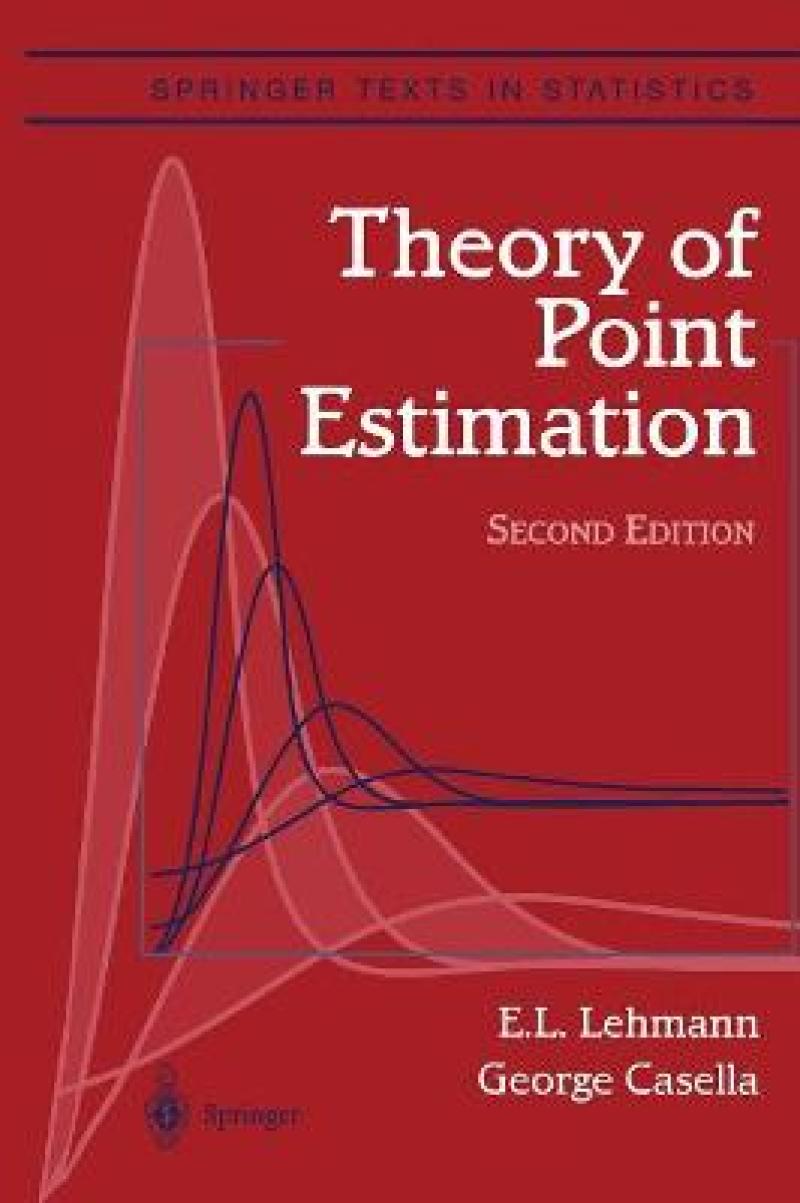Since the publication in 1983 of Theory of Point Estimation, much new work has made it desirable to bring out a second edition. The inclusion of the new material has increased the length of the book from 500 to 600 pages; of the approximately 1000 references about 25% have appeared since 1983. The greatest change has been the addition to the sparse treatment of Bayesian inference in the first edition. This includes the addition of new sections on Equivariant, Hierarchical, and Empirical Bayes, and on their comparisons. Other major additions deal with new developments concerning the information in equality and simultaneous and shrinkage estimation. The Notes at the end of each chapter now provide not only bibliographic and historical material but also introductions to recent development in point estimation and other related topics which, for space reasons, it was not possible to include in the main text. The problem sections also have been greatly expanded. On the other hand, to save space most of the discussion in the first edition on robust estimation (in particu lar L, M, and R estimators) has been deleted. This topic is the subject of two excellent books by Hampel et al (1986) and Staudte and Sheather (1990). Other than subject matter changes, there have been some minor modifications in the presentation.
Les mer
Since the publication in 1983 of Theory of Point Estimation, much new work has made it desirable to bring out a second edition.
Preface to the Second Edition.- Preface to the First Edition.- List of Tables.- List of Figures.- List of Examples.- Table of Notation.- Preparations.- Unbiasedness.- Equivariance.- Average Risk Optimality.- Minimaxity and Admissibility.- Asymptotic Optimality.- References.- Author Index.- Subject Index.
Les mer
Springer Book Archives
GPSR Compliance
The European Union's (EU) General Product Safety Regulation (GPSR) is a set of rules that requires consumer products to be safe and our obligations to ensure this.
If you have any concerns about our products you can contact us on ProductSafety@springernature.com.
In case Publisher is established outside the EU, the EU authorized representative is:
Springer Nature Customer Service Center GmbH
Europaplatz 3
69115 Heidelberg, Germany
ProductSafety@springernature.com
Les mer
Produktdetaljer
ISBN
9781441931306
Publisert
2011-12-21
Utgave
2. utgave
Utgiver
Vendor
Springer-Verlag New York Inc.
Høyde
235 mm
Bredde
155 mm
Aldersnivå
Research, P, 06
Språk
Product language
Engelsk
Format
Product format
Heftet
